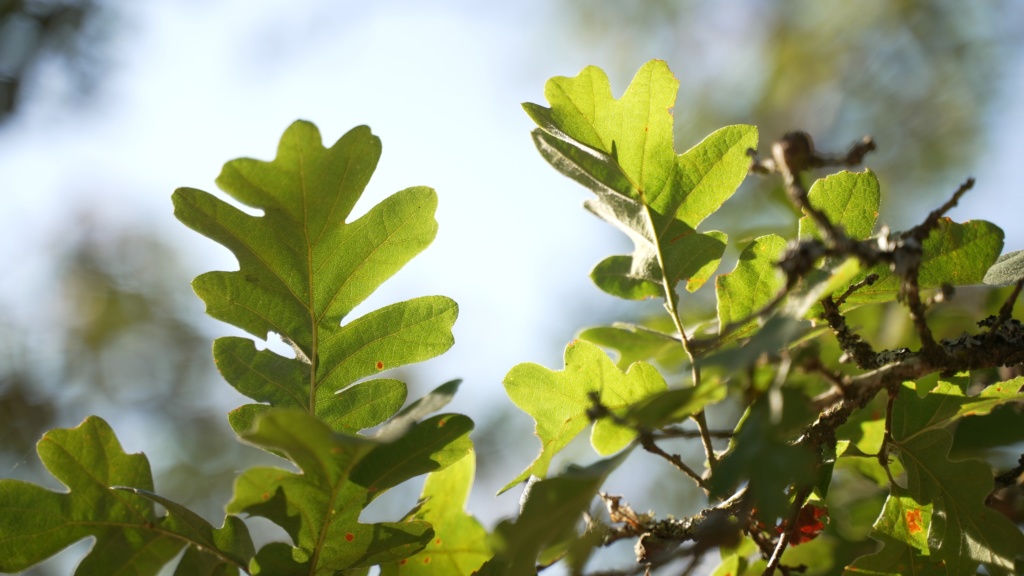Trees are beautiful, historic, and functional. Trees are important, and the City of Lakewood is committed to their preservation.
What is the City of Lakewood doing now to protect trees?
Chapter 18A of the Lakewood Municipal Code regulates land use and development, and section 18A.70 Article III regulates tree preservation. The City also observes LMC Title 14, Environmental Protection and the State Environmental Policy Act (SEPA).
The removal of “significant” trees is regulated, and incentives help preserve trees that benefit the community and environment.
“When a tree is cut down illegally, the responsible party will answer for it. We will stop work, we will issue fines, and we will take you to court. Sometimes the process takes time, but we do not go away. The city is not opposed to civil litigation beyond the issuance of infractions. We mean business.”
- Dave Bugher, Director of Community & Economic Development.
Violations of tree preservation code are punishable by fines and legal action. Recent violators were fined $55,200 in 2015, $30,000 in 2018, $73,467 in 2020, and $28,700 in 2021. Another violator is pending litigation.
Funds collected from tree preservation enforcement are applied towards tree preservation and maintenance programs.

What is a “significant” tree?
A significant tree has a trunk diameter of 9 inches or more when measured 4.5 feet from the ground. A Garry Oak may measure just 6 inches or more to qualify. The Community & Economic Development Director may also determine a tree to be significant due to the uniqueness of the species or to protect a wildlife habitat.
What regulations protect significant trees?
Significant tree preservation is required for any project permit. Any work that increases the square footage of a building must include a tree retention plan, and must identify and protect significant trees.
When construction threatens significant trees or encroaches upon the dripline of existing canopy, LMC 18A.70.320 describes potential mitigations.
Removals by utilities or under emergency circumstances are allowable if conditions of LMC 18A.70.310 are satisfied. Removal on single-family residential lots less than 17,000 square feet is also generally unregulated, although the city may regulate removal if a tree is located in a priority habitat area.
What additional protections for trees might be instituted in the future?
City Council adopted changes to the comprehensive plan to include a new Energy & Climate Change chapter.
The chapter calls for reduced energy consumption and improved carbon sequestration, to include the preservation of local canopy and wetlands.
Goals of the chapter include the institution of carbon sequestration targets, regional collaborations, land use policies that protect canopy, and more.
Additional protections for significant trees may be introduced as amendments to the Comprehensive Plan this fall. Regarding comprehensive plan amendments, a discussion is scheduled for Oct. 25, a public hearing is scheduled for Nov. 1, and approval of amendments is scheduled for Nov. 15.
Additional protections for significant trees may be introduced as amendments to the 2022 Comprehensive Plan Docket this fall. Changes to the Lakewood Comprehensive Plan, and related changes to zoning code and development regulations, are allowable once per year under state law.
As the first step in this process, the City invites interested parties to identify proposed changes. Any individual, organization, business, or other group may propose an amendments between July 19, 2021 and August 20, 2021.
Afterward, the Lakewood Planning Commission and then City Council will review and confirm the list of amendments to be considered over the course of the year, including privately-initiated amendments. This list is known as the “Annual Comprehensive Plan Docket.”
Additional tree preservation ordinances and measures may be discussed at future City Council meetings.


